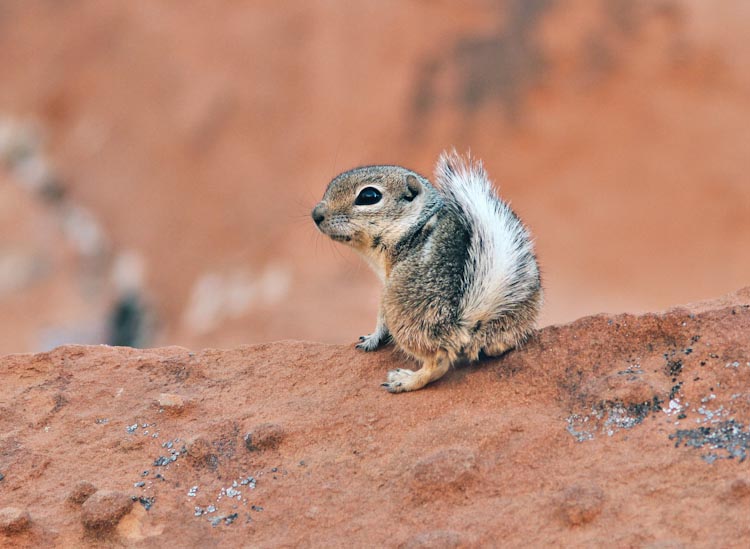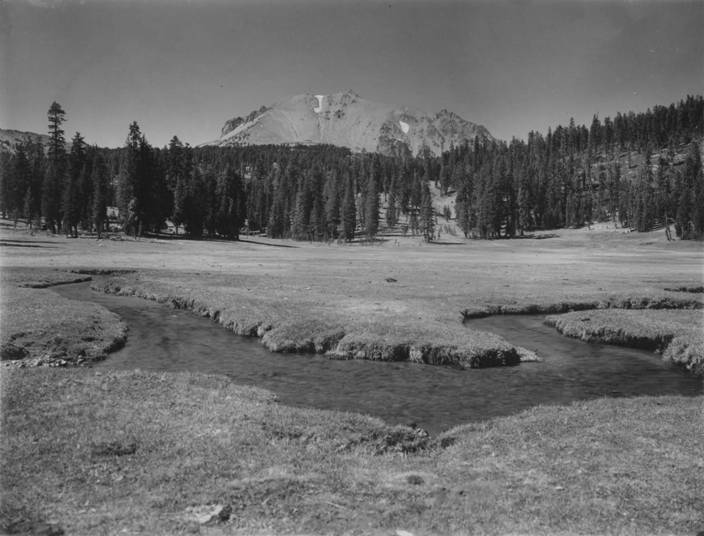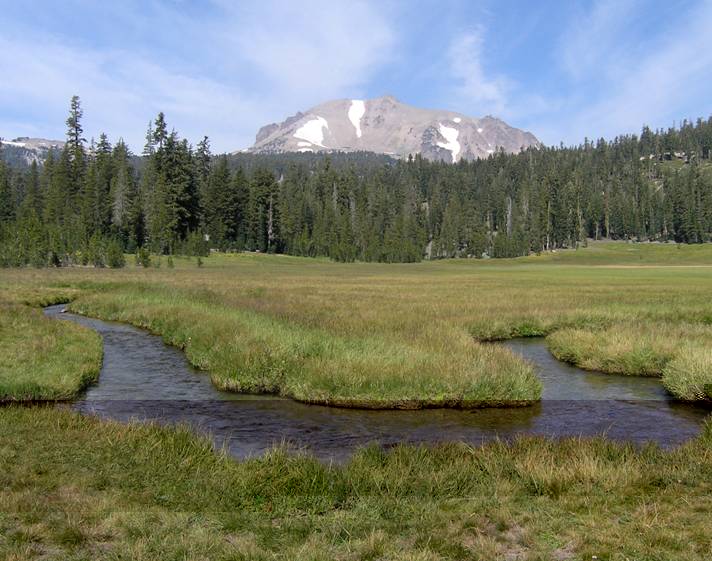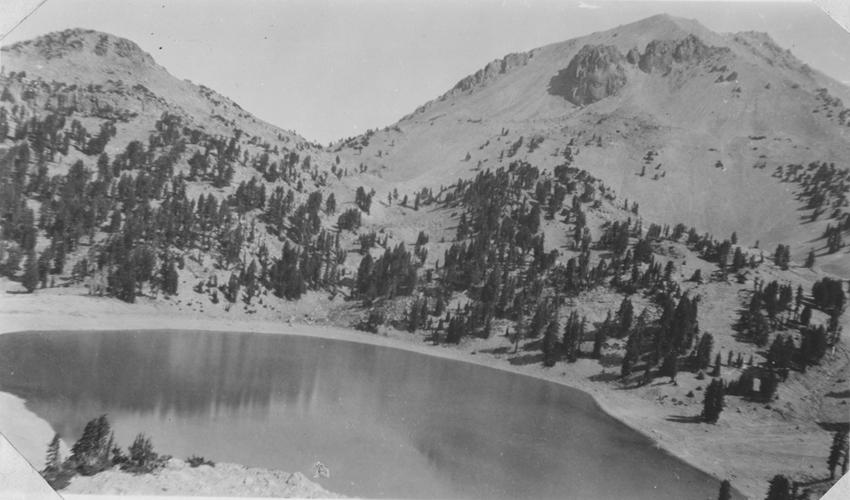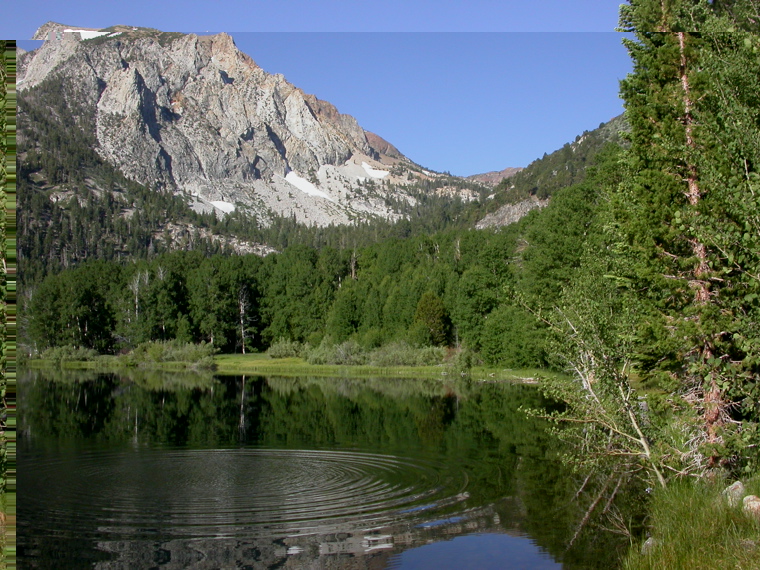Recent News
- Grinnell Resurvey Project receives funding from the National Science Foundation and the National Geographic Society in mid-2015 to conduct resurveys in California desert parks.
- Resurveys of birds in California's Central Valley initiated in summer 2015.
Joseph Grinnell, the founding Director of the Museum of Vertebrate Zoology (MVZ), and Annie Alexander, the Hawaiian sugar heiress who endowed the MVZ and chose Grinnell as Director, realized that the California was changing rapidly. They could see the land use changes that had already taken place and the invasive species that had begun to arrive from around the world. This motivated Grinnell, his students, and Alexander to conduct early inventories of terrestrial vertebrates throughout California and elsewhere in the western U.S. Between 1904 and 1940, they documented and collected mammals, birds, amphibians, and reptiles from >700 locations on multiple transects spanning the environmental diversity of California. This effort resulted in a remarkable snapshot of early 20th century vertebrate diversity that includes >100,000 specimens, 74,000 pages of field notes with standardized bird count data and habitat descriptions, and 10,000 images. It comprises a distinctly valuable snapshot of early faunal distributions because surveys were made before the onset of recent climate change caused by human activities. The Grinnell data have been called “a potential gold mine for investigations of species’ responses to climate change, changes in human land use, and other stressors” (Post, E. 2013. Ecology of Climate Change: The Importance of Biotic Interactions. Princeton University Press).
A century later, MVZ faculty, students, and collaborators are resurveying these sites to assess how terrestrial vertebrates have responded to environmental change and to establish another thoroughly documented benchmark for future comparison. Our first decade of bird and mammal resurveys concentrated on Sierra Nevada sites to examine elevational distribution change in relation to climate change. Follow-up studies to uncover the mechanisms behind the changes of select taxa are in progress. We also completed bird resurveys throughout the coastal ranges of central and northern California. Our current effort is focused on resurveys of the fauna of the California deserts (birds, mammals, and herps) where climate change has been intense and the Central Valley (birds) where land use change has been striking but climate has also changed.
We welcome you to explore these pages to examine key findings and work in progress.
Contact Information:
Please address questions about the resurvey research to Professor Steve Beissinger (beis@berkeley.edu) and about data access to informatics specialist Michelle Koo (mkoo@berkeley.edu).

